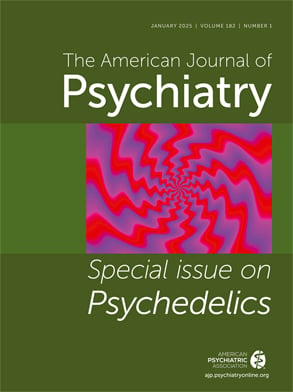Novelists, poets, and playwrights often detect the early form of a historically contingent change in a society’s mood decades before social scientists recognize its expansion and try to measure its properties. In the 1953 play by Tennessee Williams, Camino Real, the beautiful Marguerite tells Jacques Casanova, one of her lovers, that all humans are lonely because betrayal is inevitable. One-half century later, John Cacioppo, a distinguished psychologist at the University of Chicago who has contributed in a major way to our understanding of the relations between biology and emotion, and William Patrick, former Science Editor at Harvard University Press and the founding Editor of The Journal of Life Sciences, placed this idea at the center of a wide-ranging and well-written, minimally technical discussion that can be easily assimilated by a general audience.
The presentation of the text, which does not represent a rigorously argued theory, rests on three premises scattered over a number of short chapters peppered with interesting case histories and transparent descriptions of scientific research from bacteriology, physiology, genetics, neuroscience, psychiatry, and all the social sciences. The first premise is that the feeling of loneliness is a subjective construction, which can have little or no relation to the objective conditions of a person’s life. The second, more controversial, premise is that this judgment, rather than the biological state on which it rests, has a heritability of close to 0.5 when the evidence is based on questionnaires, such as the 20-item UCLA Loneliness Scale, which asks informants to report on their social isolation and absence of close ties to others. The third assumption alerts readers to the dangers of social isolation by suggesting that lonely individuals are at risk for obesity, high blood pressure, and a host of other undesirable physiological changes that scientists have attributed to child abuse, grinding poverty, and academic or vocational failure, often combined with an inherited bias for anhedonia.
The prose connecting these three ideas covers a broad swath of empirical research on animals and humans, including the Prisoner’s Dilemma game, Harlow’s research on infant monkeys raised by wire surrogate mothers, Frans de Waal’s observations of chimpanzees, Bowlby’s concept of attachment, and brain states influenced by neurotransmitters, such as oxytocin, that are measured by changes in patterns of blood flow. The prose that unites this extraordinary diversity of evidence resembles Wittgenstein’s definition of a game in which pairs of phenomena that share at least one feature are treated as members of the same semantic category. For example, the advantages enjoyed by the aggregation of bacteria and multicellular organisms are cited as reasons for the benevolent consequences of cooperation among humans. Many readers will be tempted to infer that most natural phenomena exemplify the toxicity of a solitary existence. However, some scholars would argue with the authors’ claim that cooperation is the most adaptive option for humans, by citing evidence from college students playing laboratory games, which indicates that the motive to join with others to gain enhanced power over an “out group” often trumps the desire to cooperate in the service of benevolent ends.
A critical problem penetrating each chapter is the implicit assumption that loneliness is a unitary psychological state, i.e., an essence. The authors fail to acknowledge that those who report this feeling do so for very different reasons—some psychological, some biological, and some sociological. Therefore, individuals with the same high score on a loneliness scale can have different life histories and follow distinct life itineraries. Since the authors are probably aware of this fact, it is puzzling that they did not decide to parse this decontextualized concept into its many different states.
Drs. Cacioppo and Patrick appreciate that historical events have propelled loneliness into its current position of prominence, since they devote many paragraphs to the influences of industrialization, large cities with many temporary residents from varied ethnic groups, and the increasing confusion over the ethical standards that must be honored. These new conditions have made it easier for those suffering from fatigue, apathy, uncertainty, or sadness to decide that the cause of their distress is the absence of emotional connections. However, loneliness is a personal interpretation of a psychological state, and individuals from different cultures and historical eras will have alternative explanations for the same feeling. Some might decide they were ill; others might blame their mood on chronic poverty; many 15th-century continental Europeans would have decided that they had been bewitched. Loneliness has become a more frequent interpretation over the past 75 years because more adults in the United States and Europe live far away from childhood friends and relatives among neighbors they do not know, and the media’s spin on the relevant psychological research implies that an emotional bond to others is a sine qua non for mental health.
The book ends with four simple suggestions that should protect against the dangers of isolation: 1) try in measured steps to establish social contacts; 2) suppress a passive and adopt an active stance; 3) be selective in making connections; and 4) anticipate a benevolent outcome. The bold conclusion—reserved for the final pages—that the secret to happiness is to connect with others would be challenged by many earlier scholars who advised that a happy life required seeking the good, actualizing one’s talents, honoring dead relatives, working harder, releasing repressed wishes, or committing to a religious faith. The final paragraph cites E.O. Wilson’s hypothesis that humans are hardwired to invent a story to explain their current condition. Historical events during the last century have made a judgment of social isolation rather than sinfulness, membership in a demeaned social category, grinding poverty, a degenerate heredity, or a repressed sexuality the more persuasive narrative to explain bouts of apathy, depression, or discouragement.

